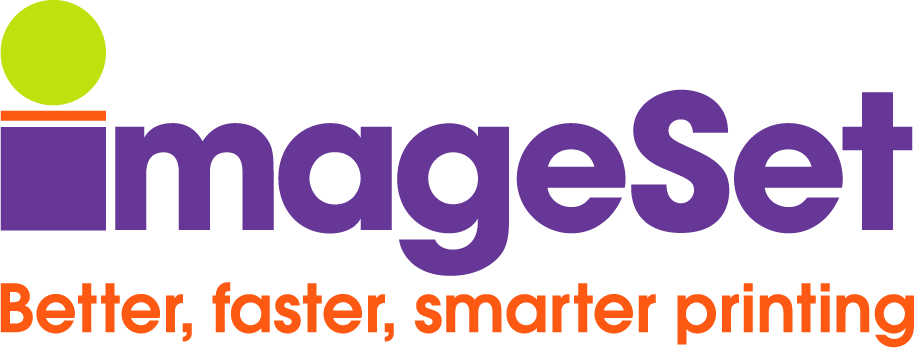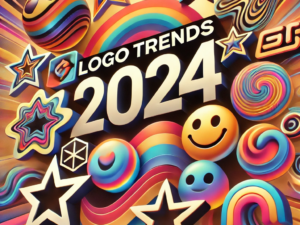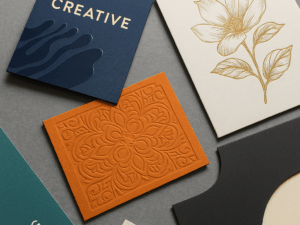
Sustainability in Print: Eco-Friendly Materials & Packaging Trends for 2025
ImageSet Insights
Focus: Discover how sustainability in print is shaping 2025, from recyclable substrates to low-VOC inks and carbon-neutral runs.
Why Sustainability in Print Matters
Consumers expect brands to prove their commitment to the planet. In 2025, businesses that embrace sustainability in print reduce waste, cut costs, and gain trust. Regulations around packaging and emissions are tightening, so proactive choices now prevent expensive changes later.
Key Trends to Watch in 2025
1) Recyclable and Compostable Substrates
Brands are shifting to certified, recyclable papers and boards, along with emerging compostable options. These materials lower landfill impact and signal responsibility at every touchpoint.
2) Soy and Vegetable-Based Inks
Low-VOC soy and vegetable inks replace petroleum alternatives. They deliver rich color, improve de-inking during recycling, and help meet corporate sustainability goals.
3) Minimalist, Material-Efficient Packaging
Less material, less waste. Minimalist dielines and lighter paper weights reduce freight emissions while keeping the unboxing experience premium and intentional.
4) Carbon-Neutral Print Runs
More teams offset unavoidable emissions with verified projects. Combined with efficient press scheduling and smart paper choices, carbon-neutral prints become a practical standard.
5) Upcycled and Reusable Formats
Upcycled papers and reusable packaging extend lifecycle value. When customers keep the piece, you reduce waste and increase brand impressions.
Best Practices for Eco-Friendly Print
- Pick certified stocks: Ask for FSC® or SFI-certified papers appropriate to the project.
- Right-size your spec: Optimize size and trim to reduce offcuts and save money.
- Choose low-VOC inks and coatings: Favor soy/vegetable inks and water-based coatings when possible.
- Design for recycling: Avoid mixed materials and heavy laminates when recyclability matters.
- Proof smartly: Use digital proofs early; reserve hard proofs for color-critical pieces.
- Batch runs and gang prints: Consolidate to minimize makeready waste and energy.
How ImageSet Can Help
ImageSet bridges design, sustainability, and production. We source responsible substrates, recommend low-VOC inks, and guide dielines that reduce waste without sacrificing impact. Whether you need eco-friendly signage, packaging, or direct mail, our prepress experts align your brand goals with measurable environmental gains.
Learn more about ImageSet,
explore our services,
contact us at info@imageset.com, or connect on
Facebook and
LinkedIn.
FAQ
What’s the quickest eco upgrade for my print?
Switch to certified, recyclable stocks and low-VOC inks. You’ll see immediate gains without redesigning your entire piece.
Will eco stocks change my color?
Uncoated or recycled papers can shift perceived saturation. We soft-proof and recommend ink builds to keep your brand colors on target.
Can I go carbon-neutral on small runs?
Yes. Verified offsets and efficient batching make neutrality feasible even for short-run projects.








